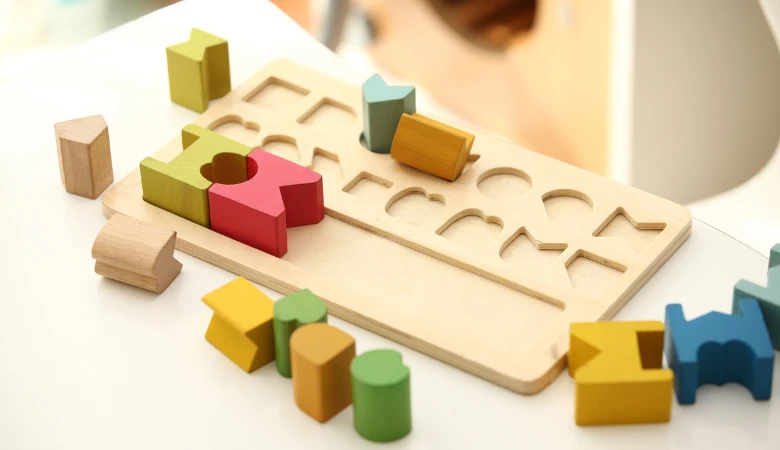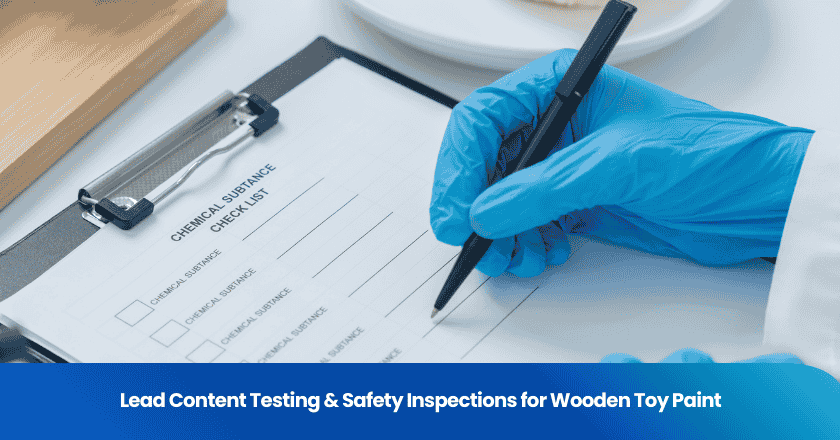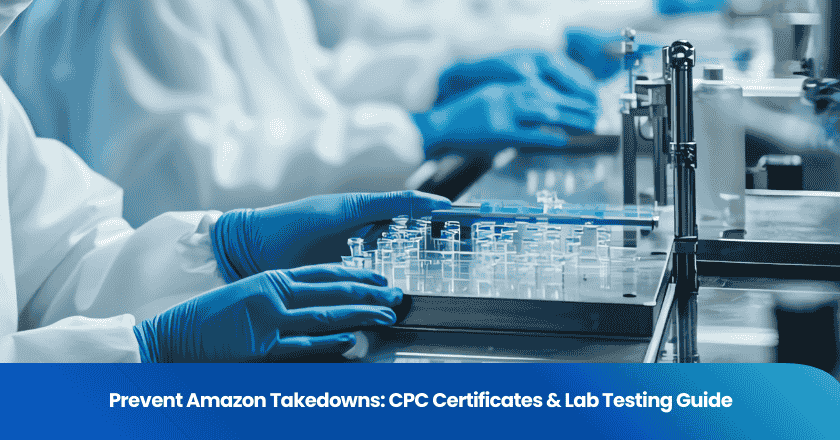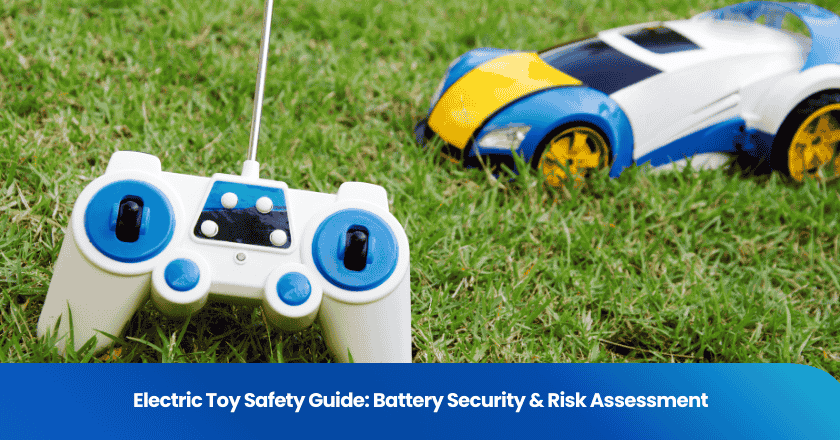
You achieve effective toys quality control by creating a robust quality management system. You must use systematic testing and enforce compliance with safety standards. The toy industry demands strict attention to regulatory frameworks, especially when you adapt to different markets. Quality management in the toy industry also requires ongoing staff training. Proper quality control helps you protect children, improve efficiency, and build a strong reputation. Quality management in toys quality control ensures every toy meets expectations and supports the growth of your business.
Key Takeaways
• Always prioritize safety by using non-toxic materials and following strict regulations to protect children and avoid legal issues.
• Monitor every step of the manufacturing process with clear checkpoints and regular inspections to catch problems early and keep quality high.
• Keep detailed records of materials, inspections, and staff training to prove compliance and support continuous improvement.
• Adapt your quality control to different toy types and regional rules to meet all safety standards and reach more customers.
• Choose eco-friendly materials and reduce waste to create safer toys while supporting sustainability and meeting customer expectations.
Why Toys Quality Control Matters
Safety and Compliance
You play a critical role in the toy industry by ensuring every toy meets strict safety standards. Children interact with toys daily, so you must eliminate risks such as choking hazards or toxic materials. Regulatory bodies set clear guidelines for toys quality control. You need to follow these rules to keep your products on the market. Failure to comply can result in recalls or legal action. You should use both automated and manual inspection methods to identify potential dangers. Regular audits and staff training help you maintain high standards. When you prioritize safety and compliance, you protect children and support the reputation of the toy industry.
Tip: Always review the latest regulations in your target markets. This step helps you stay ahead of changes and avoid compliance issues.
Brand Trust
You build trust with your customers through consistent toys quality control. Parents and caregivers want to feel confident when they purchase a toy. If you deliver safe, reliable products, you strengthen your brand’s reputation in the toy industry. Negative incidents, such as recalls due to choking hazards, can damage your credibility. You should document every step of your quality control process. This transparency reassures buyers and regulators. When you invest in quality, you create loyal customers and set your business apart in the competitive toy industry.
• Reliable toys quality control leads to:
◦ Fewer returns and complaints
◦ Positive reviews and recommendations
◦ Long-term business growth
Key Steps in Quality Control
Material Evaluation
You start your quality management process by evaluating every material that enters your facility. In the toy industry, you must select materials that meet strict safety and durability standards. You check for non-toxic components and ensure that plastics, paints, and fabrics pass rigorous testing. You use both visual checks and laboratory analysis to confirm compliance. This step forms the foundation of your quality management system. When you identify substandard materials early, you prevent defects and reduce the risk of recalls. You also support continuous improvement by tracking material performance over time.
Tip: Keep a record of all material certifications and test results. This documentation helps you demonstrate compliance during audits.
Process Monitoring
You maintain control over your manufacturing process by monitoring every stage. You use automated sensors and manual checks to track temperature, pressure, and assembly accuracy. You apply statistical process control to spot trends and detect deviations before they become problems. In the toy industry, you must pay close attention to steps like molding, painting, and assembly. You train your staff to recognize issues and respond quickly. This approach supports quality assurance and helps you achieve consistent results. You also use process monitoring data to drive improvement and optimize your workflow.
• Key process monitoring actions:
◦ Set clear checkpoints in your manufacturing process
◦ Use real-time data collection tools
◦ Review process data regularly for improvement opportunities
Inspection Methods
You rely on a combination of automated and manual inspection methods to ensure every toy meets your standards. Automated systems use cameras and sensors to check for defects, while trained inspectors examine toys for details that machines might miss. You implement sampling inspection to evaluate batches efficiently. You also use rigorous testing to verify safety features, such as small parts and sharp edges. In your quality management system, you document inspection results and use them to guide corrective actions. This dual approach strengthens your quality assurance and reduces the risk of defective products reaching customers.
Note: Regularly update your inspection protocols to reflect new regulations and lessons learned from previous issues.
Documentation
You create thorough documentation at every stage of your quality management process. You record material evaluations, process monitoring data, and inspection results. This documentation forms the backbone of your quality management system. It supports traceability and helps you respond quickly to any issues. In the toy industry, you must keep records to prove compliance with safety standards. You also use documentation to train new staff and support continuous improvement. Well-organized records make audits easier and help you maintain a strong reputation for quality assurance.
| Documentation Type | Purpose | Example |
|---|---|---|
| Material Certificates | Verify material safety | Non-toxic paint report |
| Process Logs | Track manufacturing process | Assembly line data |
| Inspection Reports | Record inspection outcomes | Batch test results |
| Training Records | Show staff qualifications | QC training log |
You strengthen your quality management by making documentation a daily habit. This practice ensures you can always demonstrate your commitment to quality and improvement.
Meeting Safety Standards
Regulatory Frameworks
You must understand the regulatory frameworks that shape the toy industry. Every country sets its own safety standards for toys. These rules protect children from hazards and ensure only safe products reach the market. You need to stay updated on changes in regulations. Some countries require you to follow global safety standards, especially if you export toys. You should review the requirements for each market before you start production. This step helps you avoid costly recalls and legal issues.
Note: Always check for updates from regulatory bodies. New rules can appear at any time, and you must act quickly to stay compliant.
You can use a checklist to track compliance:
• Review national and international safety standards
• Update your quality control process as needed
• Train your staff on new regulations
QCOs and BIS Standards
Quality Control Orders (QCOs) play a key role in enforcing safety standards. You must follow these orders to sell toys in many markets. In some countries, the Bureau of Indian Standards (BIS) sets strict guidelines for toy safety. You need to test your products according to these standards. This process includes checking for toxic materials, sharp edges, and small parts.
You also need to adapt your quality control system for different regions. Some markets require extra tests or documentation. You should keep detailed records of all tests and certifications. This practice helps you prove compliance during inspections.
| Requirement | Purpose | Example |
|---|---|---|
| QCO Compliance | Legal sale of toys | BIS certification |
| International Testing | Meet global safety standards | EN71, ASTM F963 |
| Documentation | Prove compliance | Test reports, labels |
By following these steps, you ensure your toys meet all safety standards and reach customers safely.
Adapting QC for Toy Types
Material and Design Variations
You face many challenges when you manage quality control for different types of toys. Each toy uses unique materials and designs. Some toys use plastics, while others use wood, fabric, or metal. You must test each material for safety and durability. For example, you check plastics for chemical safety and fabrics for flammability. You also examine how small parts fit together to prevent choking hazards.
You adapt your inspection methods based on the toy’s design. Complex toys with moving parts need extra checks. Simple toys may only need basic inspections. You use both visual checks and mechanical tests to confirm that every toy meets safety standards. This approach helps you address the specific risks that come with each material and design.
Tip: Keep a checklist for each toy type. This tool helps you remember which tests and inspections you need for every material and design.
Regional Requirements
You must adjust your quality control process to meet the rules in each market. The toy industry faces different regulations in every country. Some regions require extra safety tests or special labeling. You need to understand these differences before you ship your products.
You can use a table to organize regional requirements:
| Region | Key Requirement | Example Test |
|---|---|---|
| North America | ASTM F963 Compliance | Lead content check |
| Europe | EN71 Certification | Mechanical safety |
| Asia | Local Labeling Rules | Age group labeling |
You train your staff on these rules so they can spot issues early. By adapting your quality control to each region, you help your toys reach more customers and avoid legal problems. The toy industry rewards companies that stay flexible and informed.
Sustainable QC Practices
Eco-Friendly Materials
You can strengthen your quality control by choosing eco-friendly materials for every toy. Sustainable materials, such as recycled plastics or responsibly sourced wood, help you reduce environmental impact. You should test these materials for safety and durability before using them in production. Many eco-friendly options meet strict safety standards, so you do not have to compromise on quality. When you select greener materials, you show your commitment to both safety and the environment.
Tip: Keep a list of approved eco-friendly suppliers. This step helps you maintain consistency and traceability in your supply chain.
You also need to educate your team about the benefits of sustainable materials. Training sessions help staff understand why these choices matter for both the toy industry and the planet.
Reducing Waste
You improve your manufacturing process by reducing waste at every stage. Start by analyzing your production line for areas where you can cut excess material or energy use. Use lean manufacturing techniques to streamline operations and minimize scrap. You can also recycle leftover materials or repurpose them for other toy components.
A simple waste reduction checklist:
• Review material usage reports weekly
• Set clear targets for waste reduction
• Train staff to identify and report waste
| Waste Source | Reduction Method |
|---|---|
| Excess packaging | Use minimal packaging |
| Scrap materials | Recycle or reuse |
| Defective toys | Repair or repurpose |
You create a more sustainable operation when you focus on waste reduction. This approach supports your quality control goals and helps you meet growing consumer demand for responsible toy production.
You strengthen your quality management by following clear steps in toys quality control. Focus on quality management at every stage, from material checks to process monitoring. Quality management supports improvement and helps you meet strict safety standards. You drive improvement by reviewing your quality management system and embracing continuous improvement. Stay updated on regulations and make continuous improvement a core part of your quality management. Review your current practices and commit to raising your quality control standards for long-term success.
FAQ
What is the most important step in toys quality control?
You must focus on material evaluation. Safe, non-toxic materials form the foundation of every quality toy. Early detection of unsafe materials prevents defects and protects children.
How often should you update your quality control process?
You should review your process at least once a year. Update it whenever new regulations appear or when you introduce new products. Regular updates help you stay compliant and efficient.
Which documents should you keep for compliance?
Keep material certificates, inspection reports, process logs, and staff training records. These documents prove your compliance during audits and help you track improvements.
Tip: Store all records in a secure, organized system for easy access.
How do you train staff for quality control in toy manufacturing?
You provide regular training sessions. Use hands-on demonstrations and clear guidelines. Well-trained staff can spot issues early and maintain high standards.
What are common quality control tools in toy manufacturing?
You use automated sensors, visual inspection tools, and statistical process control charts. These tools help you detect defects, monitor trends, and ensure consistent product quality.

Smart Sourcing & Quality Assurance Content Team
Article by Smart Sourcing & Quality Assurance Content Team
The Smart Sourcing & Quality Assurance Content Team is dedicated to delivering high-quality, easy-to-understand information that empowers our audience to navigate the complexities of global sourcing and quality assurance. Our team of writers has extensive experience in creating content across various fields, including procurement, supply chain management, quality assurance, market trends, and industry best practices. We specialize in sectors such as apparel, textiles, and consumer goods, providing targeted insights to help businesses in these industries optimize their sourcing strategies, ensure product quality, and maintain a competitive edge in the market.
Grow your business with TradeAider Service
Click the button below to directly enter the TradeAider Service System. The simple steps from booking and payment to receiving reports are easy to operate.



